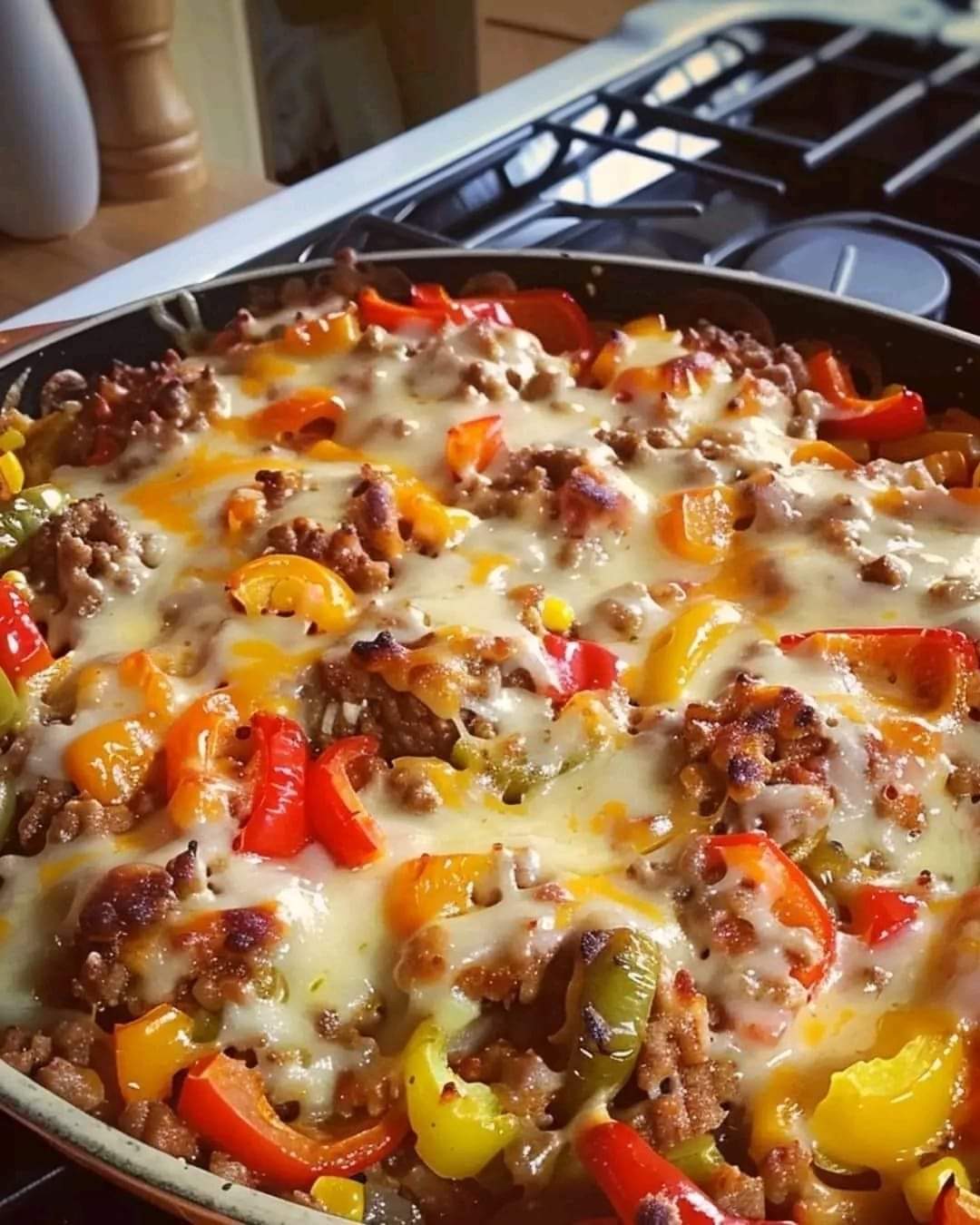The Ultimate Guide to Pepper Corn Page
Pepper corn page might seem like a peculiar term at first glance, but understanding its significance can open up a world of culinary delights and nutritional benefits. In this comprehensive guide, we’ll delve into everything you need to know about pepper corn page, from its origins to its uses in various recipes.
What is Pepper Corn Page?
Pepper corn page refers to a page or a resource dedicated to peppercorns, detailing their varieties, uses, and benefits. Peppercorns are the small, dried fruit of the Piper nigrum plant, known for their distinct flavor and essential role in global cuisines.
The Origins of Pepper Corn
The History of Peppercorns
Peppercorns have been a prized spice for thousands of years. Originating in the Malabar Coast of India, they were once so valuable that they were used as currency. The spice trade routes facilitated the spread of peppercorns across the world, making them a staple in various culinary traditions.
Varieties of Peppercorns
Black Pepper
Black peppercorns are harvested green and dried until they turn black. They have a sharp, pungent flavor and are the most common type of peppercorn used in cooking.
White Pepper
White peppercorns are fully ripened berries that have had their outer skin removed. They have a milder flavor compared to black pepper and are often used in light-colored dishes to avoid dark specks.
Green Pepper
Green peppercorns are harvested young and either dried or preserved in brine. They have a fresh, herbal flavor and are used in sauces and pickling.
Red Pepper
Red peppercorns are fully ripe berries that are preserved in brine or vinegar. They have a sweet, fruity flavor and are less commonly found in markets.
Nutritional Benefits of Peppercorns
Peppercorns are not just a flavor enhancer; they also offer several health benefits:
- Rich in Antioxidants: They help combat free radicals in the body.
- Anti-Inflammatory Properties: They can reduce inflammation and pain.
- Digestive Health: They stimulate the secretion of digestive juices.
- Boosts Metabolism: Piperine, found in peppercorns, can enhance metabolic processes.
| Nutrient | Amount per 100g |
|---|---|
| Calories | 251 kcal |
| Protein | 10.95 g |
| Carbohydrates | 63.95 g |
| Fiber | 25.3 g |
| Fat | 3.26 g |
How to Use Pepper Corn Page in Cooking
Spice Blends
Peppercorns are a key ingredient in many spice blends such as garam masala, ras el hanout, and Chinese five-spice powder.
Marinades and Rubs
Crushed peppercorns add a punch of flavor to marinades and rubs for meats and vegetables.
Soups and Stews
Whole peppercorns can be added to soups and stews to infuse a subtle heat and complexity.
Salads and Dressings
Ground pepper is a staple in salad dressings and can also be sprinkled over fresh salads for added zest.
Frequently Asked Questions about Pepper Corn Page
How should peppercorns be stored?
Peppercorns should be stored in an airtight container in a cool, dark place to maintain their flavor and potency.
Can I substitute black pepper with white pepper in recipes?
Yes, but keep in mind that white pepper has a milder flavor. You may need to adjust the quantity to achieve the desired taste.
Are there any side effects of consuming peppercorns?
While generally safe, consuming large amounts of peppercorns can cause gastrointestinal issues for some people. It’s best to use them in moderation.
Real-Life Example: Enhancing a Simple Dish
Let’s take a simple dish like scrambled eggs. Adding freshly ground black pepper right at the end of cooking can elevate the dish by adding a layer of complexity and a slight heat that complements the creamy texture of the eggs.
Recipe: Peppercorn Crusted Steak
Ingredients:
- 2 steaks (ribeye or filet mignon)
- 2 tablespoons black peppercorns, coarsely ground
- Salt to taste
- 2 tablespoons olive oil
- 2 cloves garlic, minced
- 2 sprigs fresh thyme
Instructions:
- Pat the steaks dry with a paper towel. Season generously with salt.
- Press the coarsely ground black peppercorns onto both sides of the steaks.
- Heat olive oil in a skillet over medium-high heat.
- Add the steaks and sear for 2-3 minutes on each side for medium-rare, or until desired doneness.
- Add garlic and thyme to the pan, and baste the steaks with the juices for added flavor.
- Remove from heat and let the steaks rest for 5 minutes before serving.
Conclusion
Understanding the versatility and benefits of peppercorns through a dedicated pepper corn page can greatly enhance your culinary skills and appreciation for this ancient spice. Whether you are a seasoned chef or a home cook, incorporating peppercorns into your dishes can add depth, flavor, and a touch of history to your meals. Explore the varieties, experiment with recipes, and enjoy the multitude of benefits that peppercorns bring to your table.

